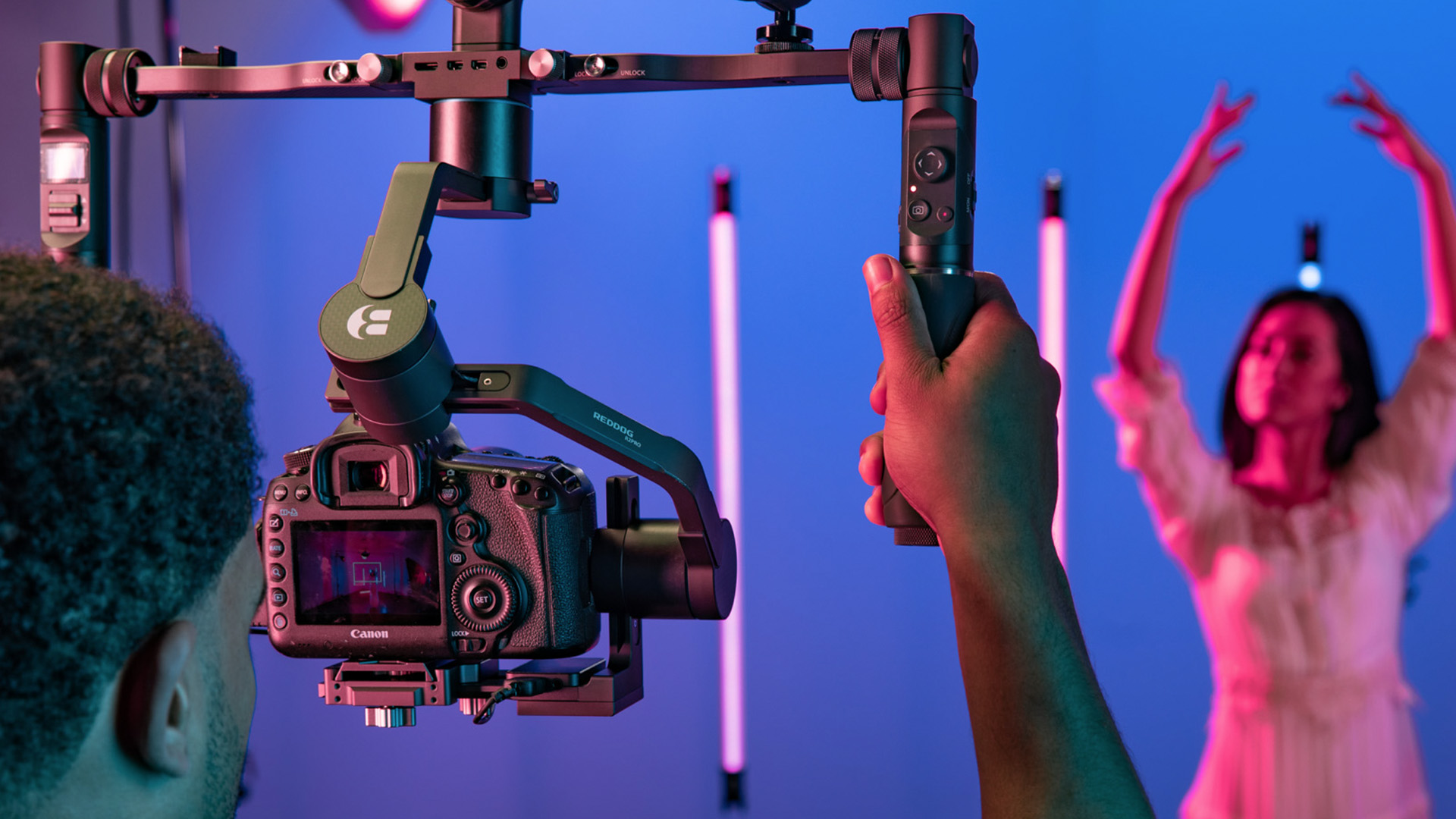Gimbals have revolutionized filming in many ways by providing filmmakers with a tool that allows them to capture stable footage while on
the move. But what is the science behind how these nifty devices balance your camera? In this article, we will explore the science behind
gimbles and how they keep your camera steady.

What are Gimbals?
Gimbals are devices used to keep a camera steady while filming. They consist of three rotating rings, which pivot in different directions. These rings are designed to keep the camera’s center of gravity at a fixed point, no matter how the device is moved.
The Science behind Gimbals
Gimbals rely on the laws of physics to balance your camera. One of the most critical principles used is the law of conservation of angular momentum, which states that the angular momentum of an object remains constant while the object rotates around a fixed axis. In the case of gimbals, the axis is the vertical line that passes through the center of the device.
When the camera is mounted on the gimbals, it creates a center of gravity that, when moved, will cause the device to rotate in the opposite direction. The gimbals must counteract this movement to keep the camera stable. The rotational motion of the gimbals is what allows the camera to remain in place while still being able to move around freely.
To keep the camera still throughout movements, gimbals must use three rotational axes of motion: yaw, pitch, and roll. Yaw refers to the rotation around the device’s vertical axis, pitch refers to the camera tilting up or down, and roll refers to the camera tilting left or right.
The three-axis approach allows gimbals to keep the camera stable regardless of the direction of motion. The camera’s center of gravity remains fixed as the gimbals counteract the movement in each direction independently.
The Mechanics of Gimbals
The mechanical components of gimbals play a crucial role in stabilizing the camera. The device must be able to move freely in all three axes while maintaining the camera’s center of gravity.
The outermost ring of the gimbal, referred to as the frame, remains stationary while the inner rings move about their respective axes of motion. The rings are connected by bearings, allowing the rings to rotate but maintain their relative positions.
The innermost ring contains the camera mount and is the most important part of the gimbal. It is connected to the frame by a series of motors and sensors that work together to maintain the camera’s balance. These motors can detect any unwanted movement and react accordingly, moving the camera mount in the opposite direction to stabilize the camera.
The motors used in gimbals are typically brushless DC motors that provide the gimbal with precise control and smooth movements. The motors are small, lightweight, and efficient, making them ideal for use in gimbals.
Gimbal sensors also play a significant role in keeping the camera stable while in motion. These sensors detect any movement and send signals to the motors to adjust the camera’s orientation. The most common sensors used in gimbals are accelerometers and gyroscopes.
Accerlerometers measure the change in velocity of the gimble and camera, while gyroscopes detect the angular rotation of the device. These sensors work together to ensure that the camera remains level and stable, even during sudden or unexpected movements.
Modern gimbals often have additional features such as follow mode, which allows the camera to track a moving subject, and stabilization modes that can counteract movements like walking or running. These features rely on advanced algorithms and software that analyze the movement and adjust the motors and sensors accordingly.
Conclusion
Gimbals have become a staple tool for filmmakers worldwide, providing stable footage even while in motion. The science behind gimbals relies on the laws of physics and mechanical principles to keep the camera’s center of gravity fixed while allowing the device to rotate freely.
The combination of brushless DC motors, sensors, and advanced software allows modern gimbals to provide smooth and stable footage in a variety of situations. With gimbals’ versatility, it’s no wonder they’ve become a tool essential to the filmmaking process, allowing filmmakers to capture stunning footage and tell their stories with confidence.









